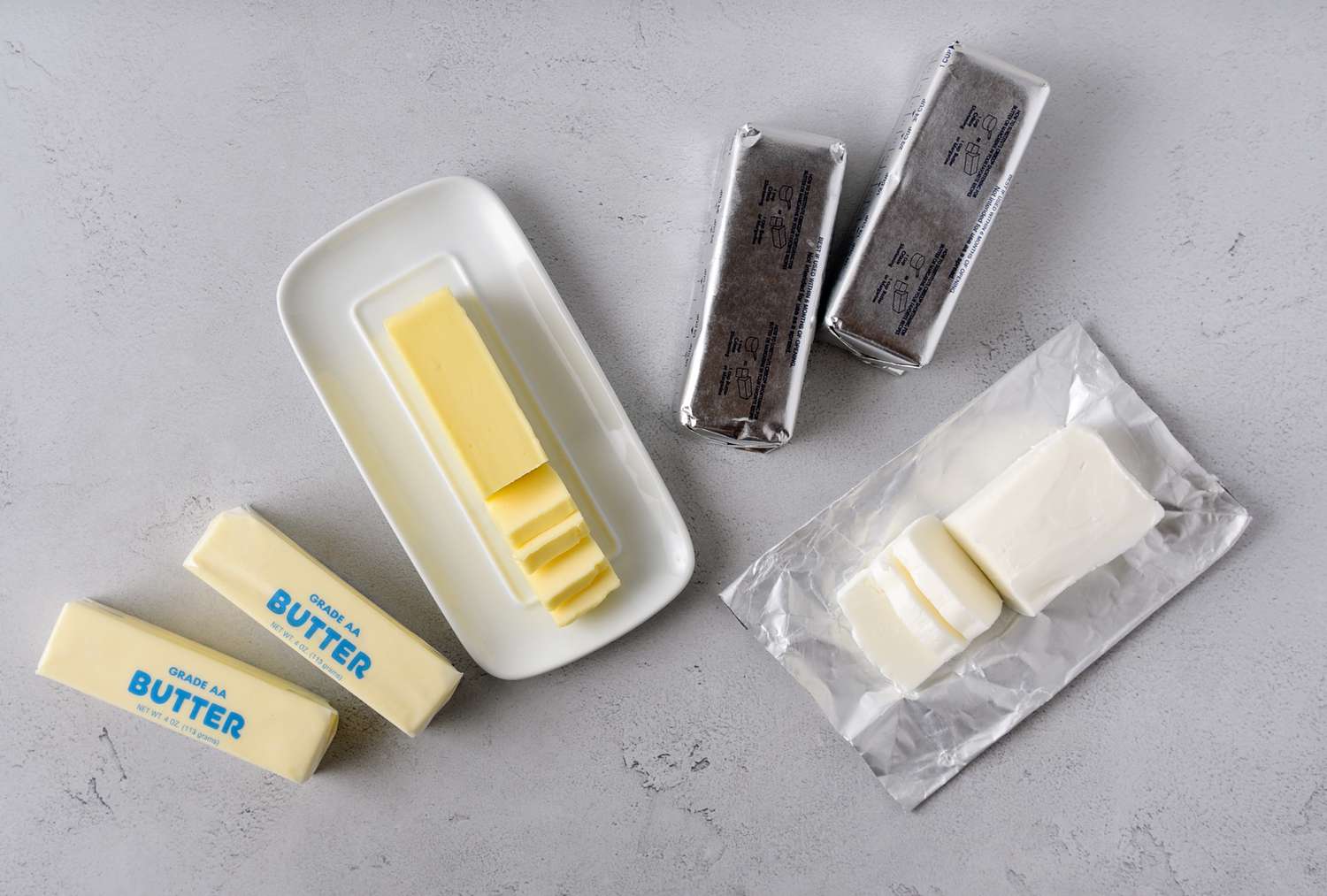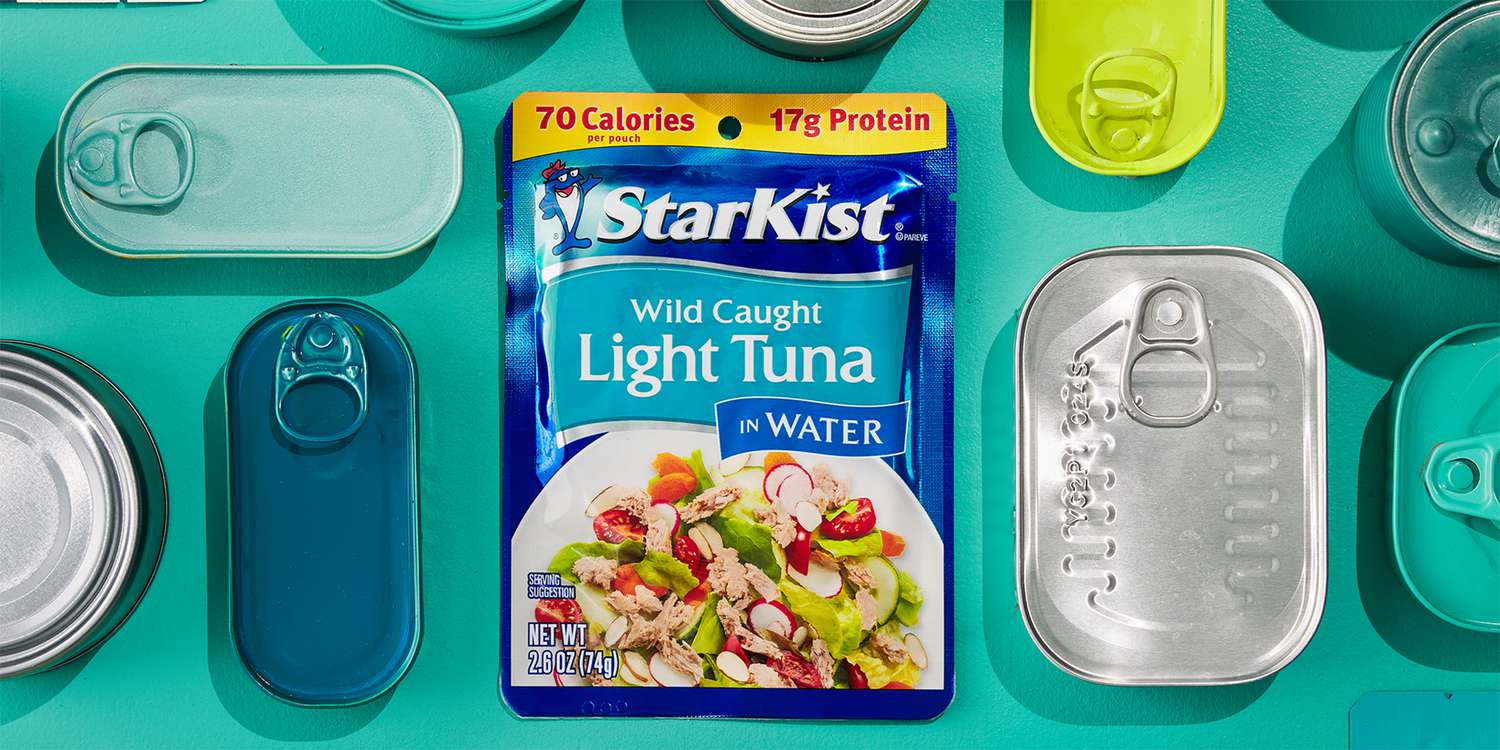Butter and shortening are both fats, so they have essentially the same job in baking: They tenderize gluten, add necessary moisture, and help bring out certain essential flavors.
The difference between butter and shortening is how they get the job done. Let’s break this down.
Butter
- What is it made of? Per USDA regulations, all butter made in the U.S. must contain at least 80 percent milkfat. The other 20 percent is made up of mostly water, which turns into steam and, in turn, increases gluten production.
- How does it impact texture? The increased gluten production yields a crispier and flakier final product. Because butter melts quicker than shortening, it often results in flatter and thinner baked goods.
- How does it impact taste? There’s no doubt about it: Butter adds a creamier, richer flavor to baked goods compared to shortening.
Shortening
- What is it made of? Shortening, which is made from vegetable oils, is 100 percent fat. There’s no water in shortening, so there’s no gluten-producing steam.
- How does it impact texture? Baked goods made with shortening are typically softer and more tender than those made with butter. They also tend to be slightly taller, as it has a higher melting point and doesn’t spread as much.
- How does it impact taste? Shortening is flavorless. The finished product’s taste is not impacted by shortening.
Can You Substitute One For the Other?
Yes! Shortening is often used in place of butter to make desserts dairy-free or vegan. Also, you may just be out of one fat or prefer one over the other.
Again, though, you should be aware that making this swap will yield different results in terms of texture. If you use shortening in place of butter for a flaky pie crust recipe, don’t be surprised when the finished product doesn’t turn out quite as flaky as expected. Also, it’s unwise to substitute shortening for butter when butter is essential for taste and texture (like in shortbread cookies).
How to Substitute
No matter what you’re using, use the same amount called for in your recipe. In other words, it should be a one-to-one swap. If your recipe calls for one cup of butter, you can use one cup of shortening and vice versa. Does your recipe call for salted butter? Add a pinch of salt to the shortening for a closer match.
Can You Use Them Together?
There’s absolutely no rule that says you can’t use butter and shortening together. In fact, combining them can result in a soft-yet-flaky, best of both worlds situation. When in doubt, though, doing as the recipe suggests is always a safe choice.
Butter vs. Shortening: The Bottom Line
Because the water in butter produces steam (and encourages the production of gluten), it yields a flakier final product. It also has a distinctly rich, creamy, and, well, “buttery” taste that can’t be replicated. It’s low melting point means that it melts in your mouth, but can sometimes produce flatter results that are spread too thin.
Shortening is 100 percent fat. It produces softer, more tender baked goods. It adds no taste. A high melting point means that it creates taller results — but it won’t give you that “melt in your mouth” texture.




